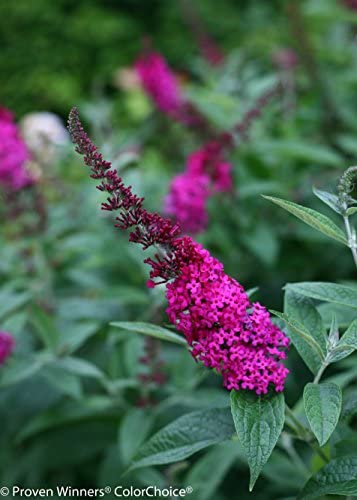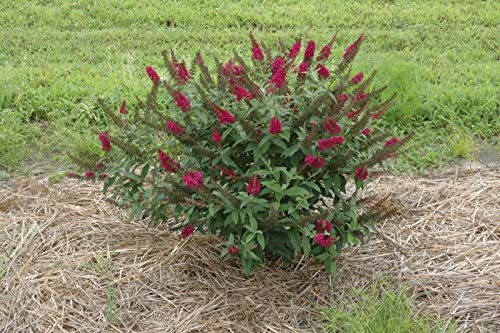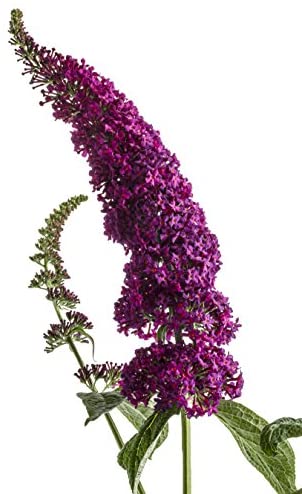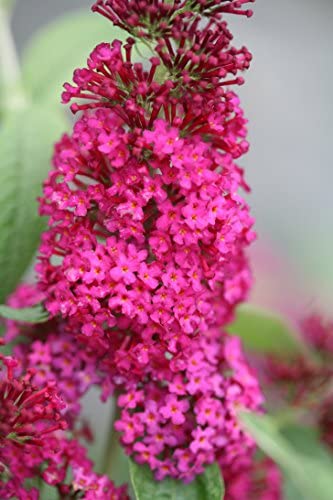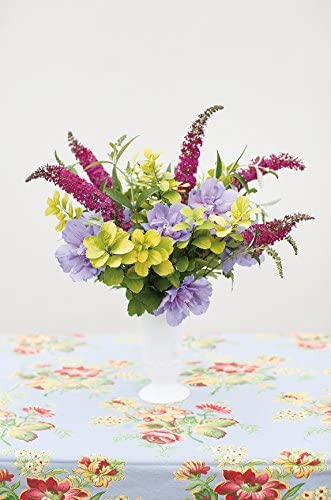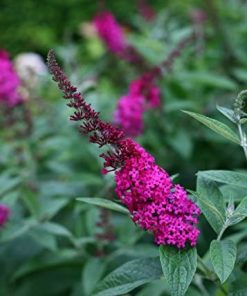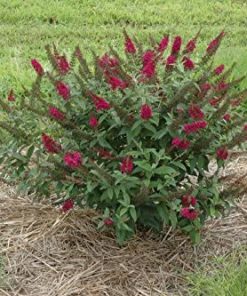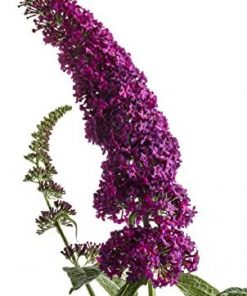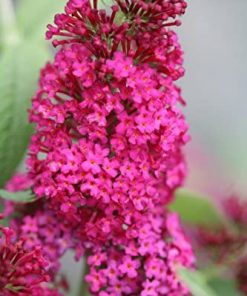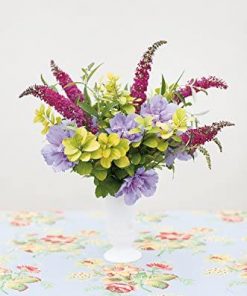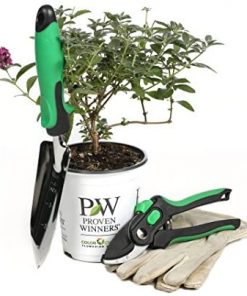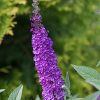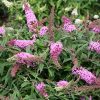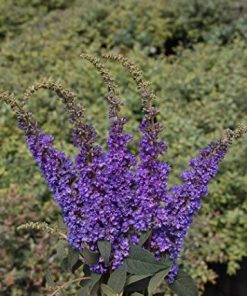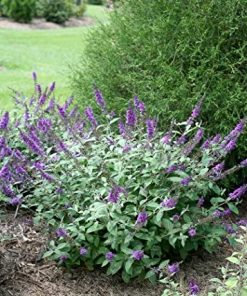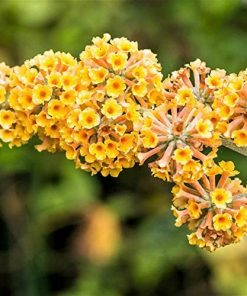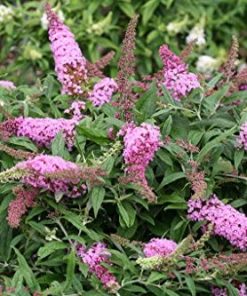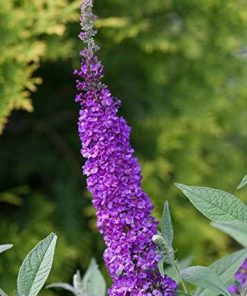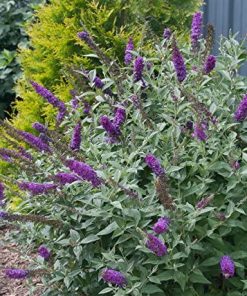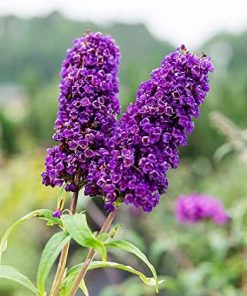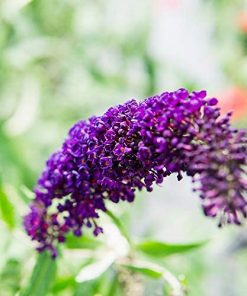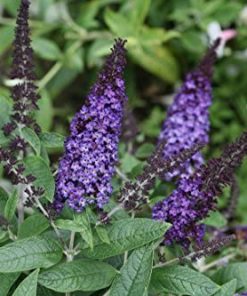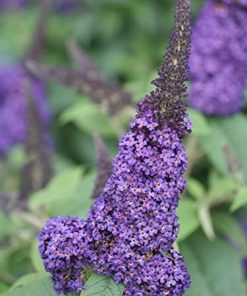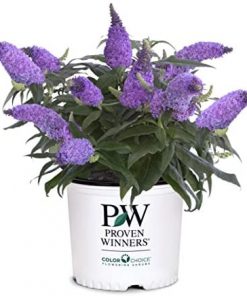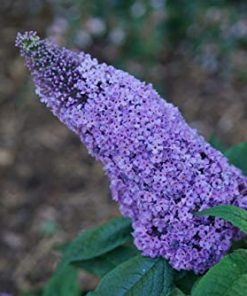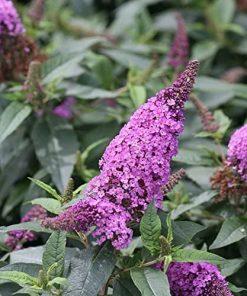The Miss Molly Butterfly Bush, scientifically named Buddleja x ‘Miss Molly’, is a vibrant and compact cultivar known for its richly colored blooms and manageable growth habit. It’s a part of the “Miss Series” developed at North Carolina State University and is a close relative to other popular varieties like Miss Ruby and Miss Violet.
Here are the main features of the Miss Molly Butterfly Bush:
– **Flowers:** Miss Molly is renowned for its striking magenta-red blooms, a color that is deeper and more intense than many other butterfly bush varieties. The flowers are formed in conical panicles and are particularly vivid in the sunlight.
– **Foliage:** The leaves of Miss Molly are a crisp green, which contrasts beautifully with the brightness of the flowers. They are lance-shaped and have a slightly textured appearance.
– **Size:** This butterfly bush is considered a dwarf to medium-sized cultivar, typically reaching about 4 to 5 feet in both height and spread. Its size makes it suitable for smaller gardens or as part of a mixed perennial bed.
– **Blooming Season:** The blooming season for Miss Molly begins in early summer and can continue until the first frost, providing a long-lasting display of color.
– **Attracting Wildlife:** True to its name, the Butterfly Bush, including Miss Molly, is excellent for attracting butterflies. It’s also a hit with hummingbirds and bees, making it a beneficial plant for supporting local pollinator populations.
– **Care:** Miss Molly prefers full sun to part shade and likes to be planted in well-draining soil. It is drought-tolerant once established and benefits from deadheading to encourage continuous blooming. In late winter or early spring, the plant can be cut back to maintain its shape and promote vigorous flowering.
– **Hardiness:** This variety is winter hardy in USDA zones 5 through 9. In colder climates, it may die back to the ground during winter and return in the spring.
Miss Molly Butterfly Bush stands out in the landscape due to its unique flower color and its slightly smaller stature than traditional butterfly bushes. This makes it an excellent choice for gardeners who want the benefits of a butterfly bush—such as attracting pollinators—without the larger size that other varieties typically reach. It is also less likely to self-seed compared to some other Buddleia varieties, making it a more garden-friendly option.
